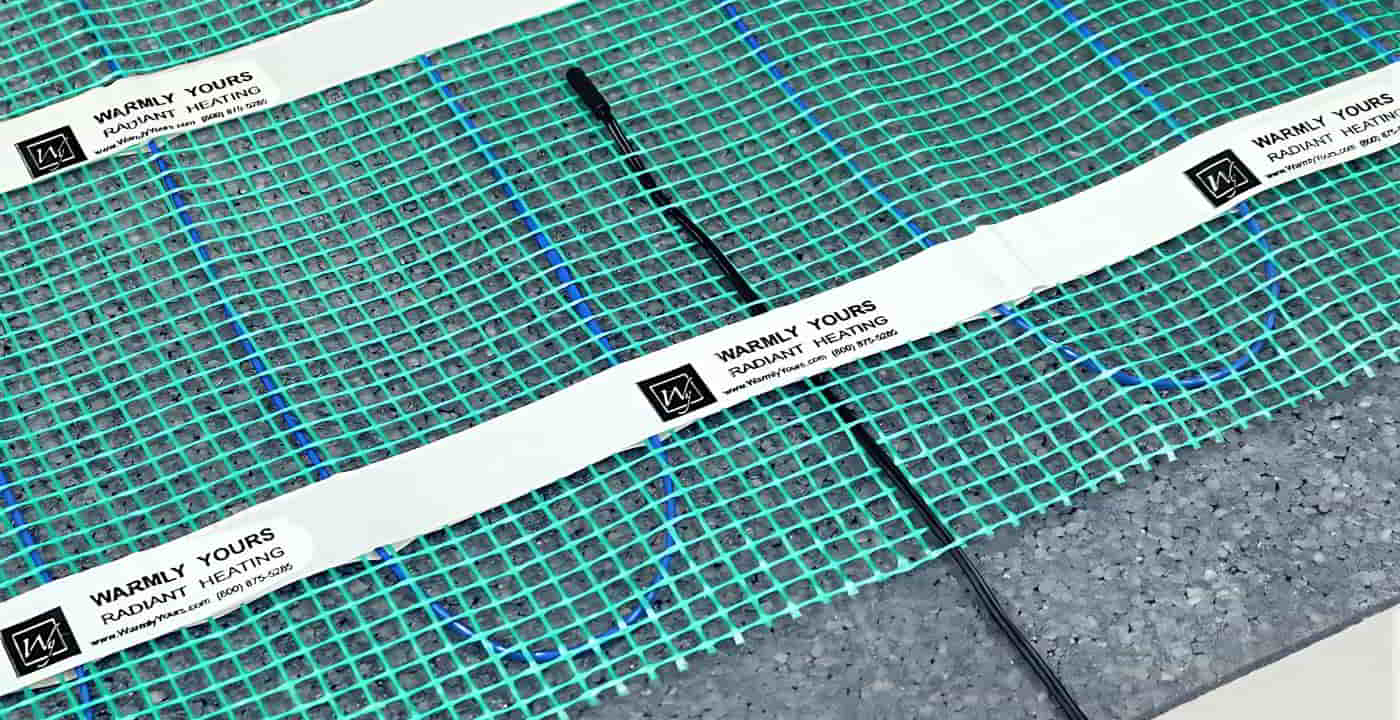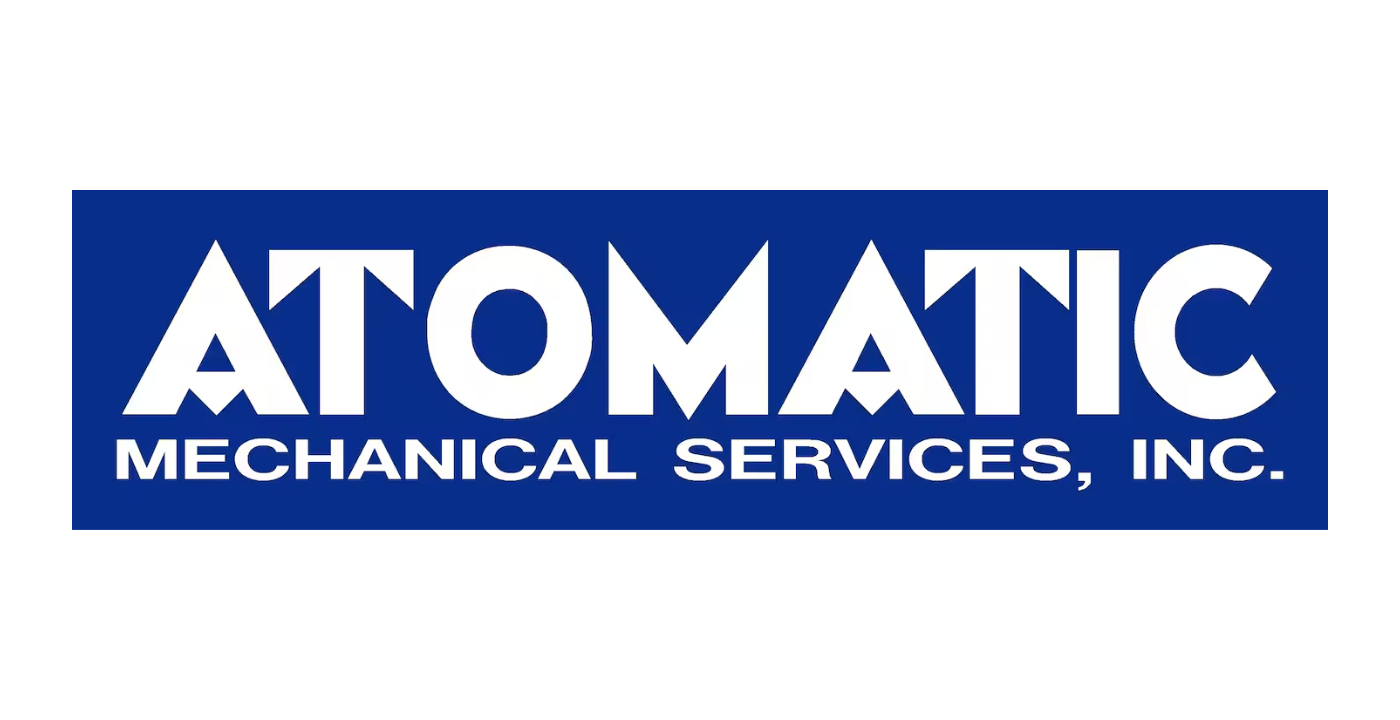Ah, the hunt for the ultimate radiant indoor heat system… We get it. you want efficiency, comfort, and something that fits seamlessly into your home. You’re looking for the best system that doesn’t just heat your home but does it efficiently and reliably. And let’s face it, you want something that’s not a headache to install.
We’ll walk you through the top radiant floor heating systems available in 2024. From smart home compatibility to systems that promise uniform heating, we’ve got you covered.
We’ll cover the best of the best, highlighting their strengths, potential drawbacks, and how they fit into your home.
Top 3 Radiant Floor Heating Systems
Top Picks: 5 Best Electric Floor Heating Systems of 2024
We’ve compiled a list of the top-rated electric floor heating systems for 2024. Our recommendations are based on factors such as efficiency, reliability, and overall user experience.
1. STEP HEAT Radiant Heat Mat Kit

The STEP HEAT Radiant floor heating mats use smart heating tech and a safe power supply called Safety Extra Low Voltage (SELV).
The kit features high-quality heating mats, a programmable thermostat, and detailed instructions for easy setup. What makes STEP HEAT stand out is how well it covers the area.
Unlike other underfloor heating systems, which usually only cover about 2-5% of the floor, STEP HEAT covers 50-60%. This means it doesn’t need to work as hard to warm up the room, making it ideal for open-concept floor plans.
Pros
- Easy installation
- Uniform heating throughout the space
- 2.5 times more efficient than electric cable and hydronic radiant heating systems
- Sustainable and more environmentally friendly / Net Zero compatible
- 10 Year Warranty
Cons
- More expensive initial investment
- Shorter warranty than alternative options
Price
$1,414.06 – $1683.86

2. TempZone Flex Rolls

The Flex Roll goes under tiles, stone, hardwood, and other popular hard surface flooring, giving you cozy warmth right under your toes. TempZone™ heating mats have a heating cable attached to a green mesh fabric, laid out in squiggly lines.
The cables are spaced 3 inches apart, so your floors stay evenly warm, with no chilly spots in sight. Running at 120 volts, the system’s operating cost is 16 cents per hour.
Pros
- Energy-efficient heating
- Low maintenance requirements
- More space and design freedom
- 25 Year Warranty
Cons
- Longer installation time
- Slight increase in floor height
Price
$119
3. Warmboard Comfort System

With the Warmboard Comfort System, you have a single point of contact for the entire heating system. Every component in the WCS system is built to work together seamlessly, providing a solution that’s almost as easy as plug-and-play.
Smart algorithms monitor temperatures in real-time, while touch-screen thermostats keep things precise within 1 degree.
Warmboard has combined cutting-edge hardware and software to create a system that’s easier to handle and quicker to install, all while delivering top-notch performance, efficiency, and response times.
You also have the freedom to choose your preferred fuel source, whether it’s natural gas, propane boilers, or electric air-to-water heat pumps.
Pros
- Consistent floor temperatures
- Quiet operation
- Easy installation during construction of new homes
Cons
- Costly installation
- Disruptive installation in existing homes
Price
$10 to $15 per square foot
Ready to install an efficient radiant floor heating system?
4. In-Slab Heating Cable System

The In-Slab Cable electric underfloor heating system works best when installed on concrete floors between 2 and 6 inches thick.
If there’s no insulation or if the concrete is thicker than 4 inches, you’ll need to use insulation boards to ensure proper heating. This heating system is great for almost any type of flooring, especially if you plan to change it occasionally, such as with wood, carpet, or vinyl.
Because it takes longer for the In-Slab Cable to warm up and cool down, it’s perfect for rooms that are used all the time. The concrete floor acts like a storage heater, keeping the room cozy even after the heat is turned off.
Pros
- Suitable for various floor coverings
- Comes with a 10-Year Warranty
- Floor covering can be changed without damaging the heater
- Powerful output cable can be laid at different spacings to give optimal output
Cons
- Higher running costs
- Complex installation
Price
From $4.67 /ft² (Based on a 210 ft² purchase)
5. Inc Radiant Heating System

The Radiant Heating System by Atomatic Mechanical Services, Inc delivers efficient and comfortable heating through various installation methods, including direct surface heating.
This system offers gentle and consistent warmth, creating a cozy environment without the noise associated with traditional heating systems.
With flexible installation options and a focus on efficient heating, this system provides a customizable and quiet heating solution for your home.
Pros
- Better air quality
- Efficient heating through direct surface heating
- Flexible installation options
- Quiet operation
Cons
- High initial cost
- Requires professional installation
Price
Personalized Quote
How to Pick a Suitable Radiant Floor Heating System
Let’s break down the most important things you must remember when choosing between electric and hydronic radiant floor heating systems:
| Factors to Consider | Electric Systems | Hydronic Systems |
|---|---|---|
| Installation Complexity | Generally easier to install, suitable for DIY installation in smaller areas. | More complex installation process that may require professional expertise and specialized equipment. |
| Energy Efficiency | Can be highly efficient when combined with programmable thermostats and zoning controls. | Offer high energy efficiency, especially when paired with high-efficiency boilers or water heaters. |
| Compatibility | Compatible with various types of flooring, including tile, laminate, and hardwood. | Compatible with most flooring types but may require additional considerations for compatibility with existing heating systems and infrastructure. |
| Maintenance | Minimal maintenance is required, with occasional inspection of heating elements and thermostat. | Regular maintenance is required for boilers, pumps, and piping, including annual inspections, system flushes, and potential repairs. |
| Long-Term Durability | Durable and reliable heating elements that typically last 15-30 years. | Generally durable, can last 20-50 years with proper maintenance, boilers, and piping. |
| Comfort and Performance | Provides consistent and even heat distribution throughout the room. | Provides a consistent heat output, resulting in a more uniform output in larger areas or whole-house heating applications. |
| Zoning and Control Options | Offers a wide range of zoning and control options, allowing for customizable heating schedules and temperature settings for individual rooms or zones. | Provides flexibility for zoning and control options, but may require additional components such as zone valves or pumps to achieve desired control over different areas of the home. |
Cost Considerations
The cost of installing electric radiant floor heating can vary depending on factors such as the size of the area, type of flooring, and complexity of the installation.
Initial Investment
While electric systems are generally more affordable upfront than hydronic systems, the total cost can vary depending on factors.
This includes things like:
- size of the area to be heated
- type of flooring
- whether you choose to install the system yourself or hire a professional
The initial cost for electric systems is moderate, typically ranging from $7.9 to $15 per square foot.
Hydronic systems have a higher initial cost, averaging between $6 to $20 per square foot, primarily due to the cost of boilers, pumps, and installation labor.
Materials and Components
The cost of materials and components for electric radiant floor heating typically includes heating mats or cables, a thermostat or control system, and any necessary tools for installation.
Consider any additional materials needed for subfloor preparation, such as self-leveling compound or insulation.
Installation Labor
If you’re uncomfortable installing the system yourself, you’ll need to budget for professional installation labor.
Labor costs for radiant floor heating installation typically range from $550 to $2,500 in total. The cost of installation can vary depending on the complexity of the project, the accessibility of the installation area, and local labor rates.
Operating Costs
Electric systems are generally more energy-efficient than traditional forced-air heating systems. They can run at $0.08 to $0.12 per hour, resulting in potential savings. Hydronic systems usually range from $0.10 to $0.15 per square foot per hour, which can quickly add up over time.
TAKE NOTE: The exact operating costs can vary depending on electricity rates, usage patterns, and the system’s efficiency.
The Downsides of Underfloor Heating
Underfloor heating systems offer a modern and seamless way to heat your home, but there are some considerations to keep in mind before installing one. Here are the potential drawbacks:
Impact on Flooring Materials
- Natural Hardwood: Could be susceptible to warping or cracking due to fluctuating temperatures.
- Vinyl Flooring: May degrade or become discolored when exposed to prolonged heat.
- Tip: Ensure compatibility of your flooring materials with underfloor heating to prevent damage and premature wear.
Incompatibility with Furniture and Fixtures
- Heavy or bulky furniture can obstruct heat distribution, causing uneven heating patterns.
- Built-in cabinets or kitchen islands may restrict airflow and reduce the efficiency of the heating system.
- Tip: Plan room layouts carefully and consider furniture placement to optimize heat distribution and system efficiency.
Floor Height and Door Clearance
- The addition of an underfloor heating system can raise the floor level, affecting door clearances and room height, especially in older homes.
- Tip: Consider the impact on floor height and door clearance during the planning phase to avoid any inconvenience or the need for modifications.
Frequently Asked Questions
How does radiant floor heating contribute to energy savings?
Radiant floor heating systems can cut energy consumption by 20-40%, resulting in reduced monthly bills and quicker heat-up times.
Is radiant floor heating suitable for commercial use?
Radiant floor heating systems can benefit commercial applications, offering even heat distribution, energy efficiency, and improved comfort without hot or cold spots.
Conclusion
Picking the best radiant floor heating system for your home involves carefully considering the system’s energy efficiency, total costs, and compatibility with your existing flooring.
STEP HEAT is the best choice for its ease of installation, uniform heating, and efficiency, while the TempZone flex rolls have a longer warranty and more design freedom. The Warmboard Comfort System is easy to install during new construction but disruptive in existing homes.
By choosing a reputable brand and consulting with a professional installer, you can enjoy the comfort and luxury of radiant floor heating for years to come. Contact us today for a free radiant floor heating quote today.







